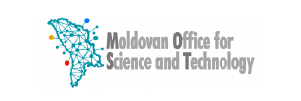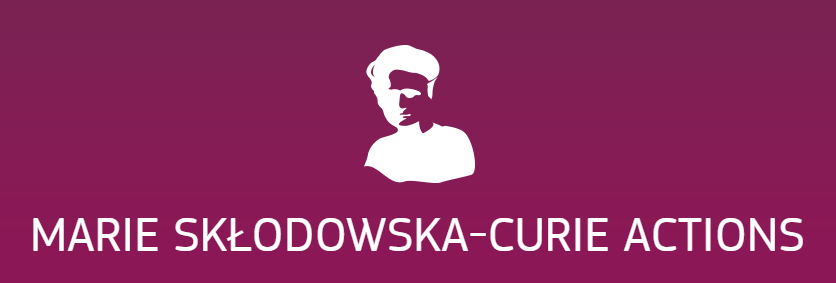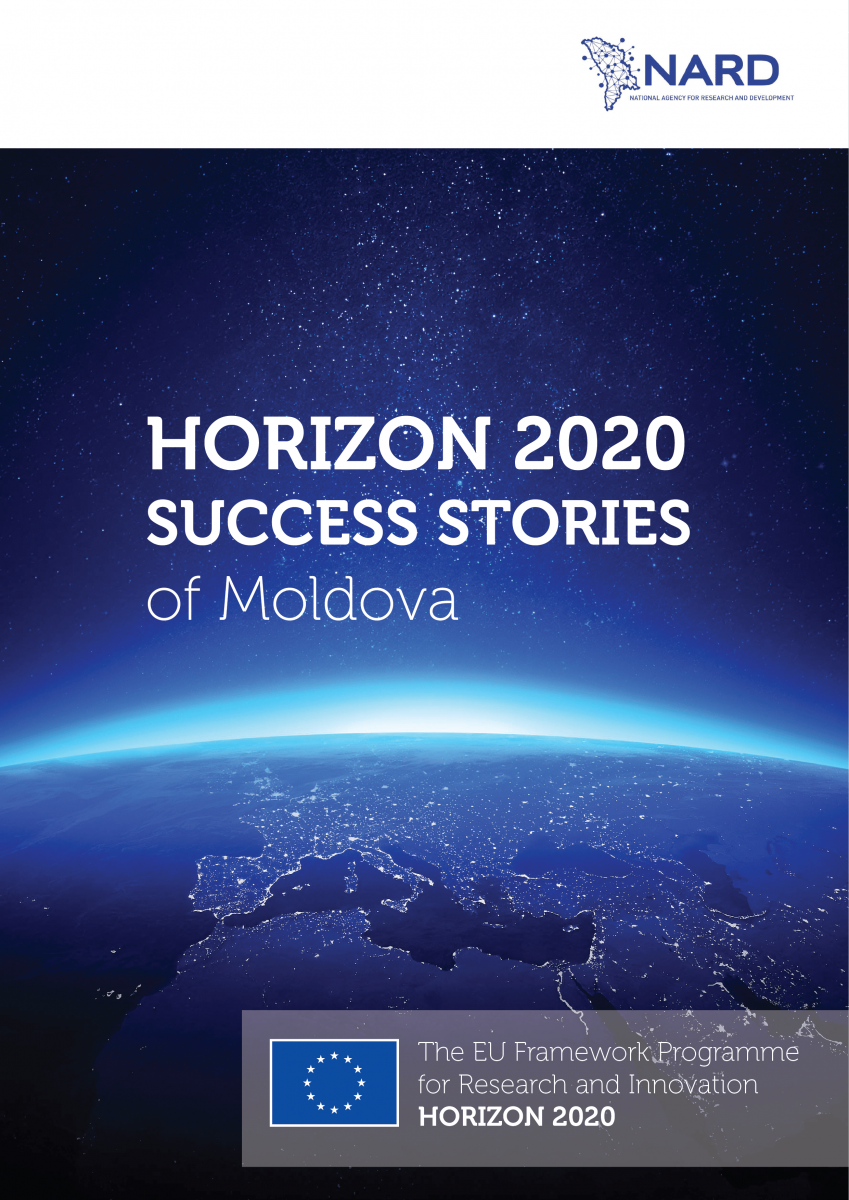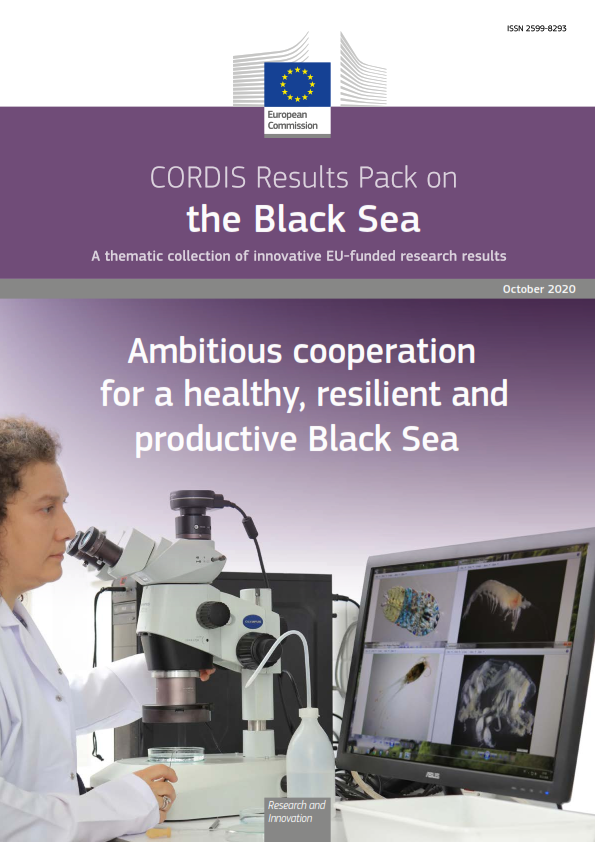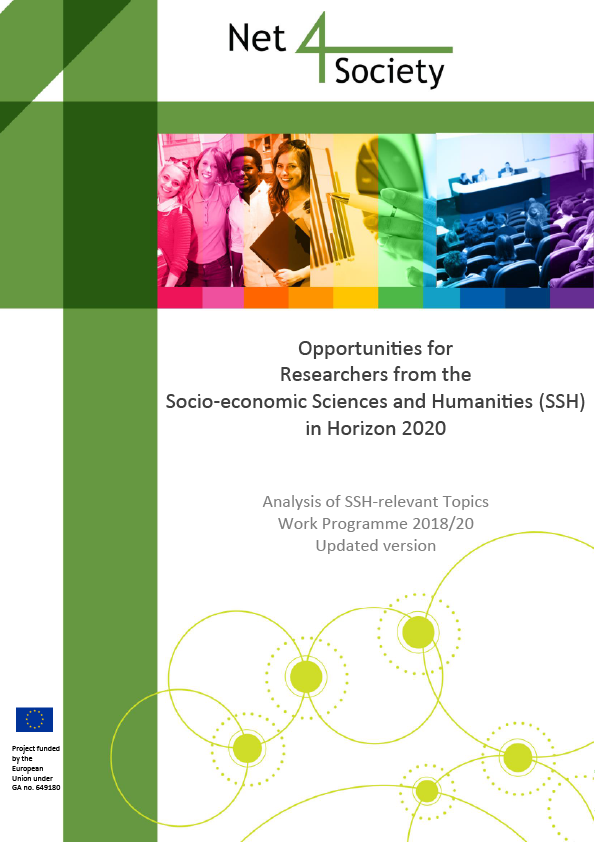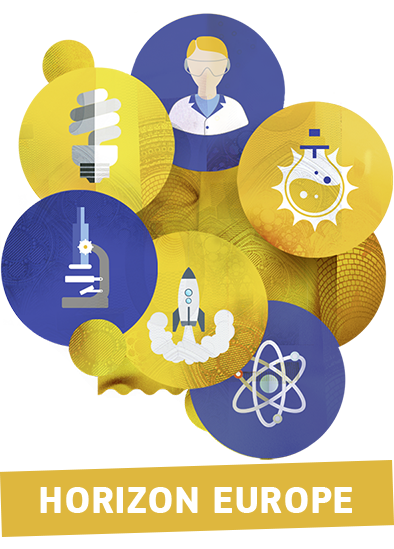Main pillar:
- Space
Budget:
Currency:
Call deadline:
Statut:
- Closed
Description:
Deadline model: one-stage
Proposal are invited against following topic(s):
- DT-SPACE-09-BIZ-2019 Space hubs (support to start-ups) (CSA)
- DT-SPACE-01-EO-2018-2020 Copernicus market uptake (IA)
- DT-SPACE-06-EO-2019 International Cooperation Copernicus – Designing EO downstream applications with international partners (RIA)
- LC-SPACE-04-EO-2019-2020 Copernicus evolution – Research activities in support of cross-cutting applications between Copernicus services (RIA)
- LC-SPACE-05-EO-2019 Copernicus evolution –a gap analysis to prepare future activities for Copernicus data and information validation and quality enhancement (CSA)
- LC-SPACE-14-TEC-2018-2019 Earth observation technologies
- SPACE-10-TEC-2018-2020 Technologies for European non-dependence and competitiveness (RIA)
- SPACE-13-TEC-2019 SRC – In-Space electrical propulsion and station keeping (RIA)
- SPACE-17-TEC-2019 Access to space(RIA)
- SU-SPACE-22-SEC-2019 Space Weather (RIA)
- SU-SPACE-23-SEC-2019 Advanced research in Near Earth Objects (NEOs) and new payload technologies for planetary defence (RIA)
- SU-SPACE-31-SEC-2019 Research and innovation network of governmental users of secure satellite communications (CSA)
Call name: Space 2018-2020
Call summary
Earth observation
The following paragraphs are relevant for the entire 'Earth observation' section of the Work programme, i.e. topics Space-01-EO to Space-06-EO inclusive.
Horizon 2020 Earth observation (EO) activities are considered an essential element to accompany the investments made by the Union in Copernicus, the Union Earth observation and monitoring programme. Through Copernicus and Earth Observation activities in the Horizon 2020 the European Union also contributes to advancing the Global Earth Observation Systems of Systems (GEOSS).
In particular, activities under the societal challenge for climate action, environment, resource efficiency and raw materials focus on contributing to and drawing benefit from GEOSS. This aims notably at the development of comprehensive and sustained global environmental observation and information systems that stimulate the smart use of strategic resources, support the development of evidence-based policies, foster new environmental and climate services, and develop new opportunities in global markets. Activities under the Leadership in Industrial Technologies part focus on the evolution of Copernicus and the exploitation of existing European space infrastructure by promoting the development of innovative products and services based on remote sensing, geo-positioning or other types of satellite enabled data as well as geo-information generated already by services such as Copernicus services.
It is widely accepted that the combination of the aforementioned information sources with data from outside the Earth Observation domain has a vast potential to generate new and innovative applications and services. Activities under the present heading will focus on the use of existing technologies that emanate from previous work programmes throughout Horizon 2020, from Member States and from ESA to integrate them into their work and progress their maturity towards operational use.
Moreover, taking into account the wider relevance of EO to all parts of Horizon 2020, proposals addressing application and uptake of EO for the development of innovative applications addressing specific challenges can also be submitted to the Horizon 2020 Societal Challenges where related references are included. To that end, applicants to those parts of Horizon 2020 can also access Copernicus data and information (licensing conditions may apply).
To render the exploitation of Copernicus more efficient, the Union is putting in place a number of Data and Information Access Services (DIAS) that will start operation in the context of the Copernicus programme in early 2018. The DIAS will offer access to Copernicus data and information and offers computing resources and tools alongside the data to facilitate working with the data without the need to download it. To maximise the impact of past H2020 initiatives, the Union intends to make all relevant and freely available tools developed under H2020 available within the DIAS environments, helping them to become European 'algorithm factories'. Activities under the Leadership in Industrial Technologies part are encouraged to integrate the DIAS as enabling element in their work.
Widening the use of Copernicus data and enhancing the market uptake of Copernicus services by delivering new applications relying on Copernicus services and Earth observation data. Further evolution of Copernicus by developing innovative solutions to improve services and by exploring mission concepts such as marine service ocean models and CO2 monitoring capability in the context of implementing the Paris Agreement on climate change.
To facilitate access to opportunities for applicants, the following list includes some of the dedicated Earth observation activities in this and other parts of Horizon 2020 work programme:
Excellent science – Research Infrastructures
- INFRAEOSC-01-2018: Access to commercial services through the EOSC hub
- INFRAIA-01-2018-2019: Integrating Activities for Advanced Communities
Leadership in Industrial Technologies – space part:
- DT-SPACE-01-EO-2018-2020: Copernicus market uptake
- LC-SPACE-02-EO-2018: Copernicus evolution – Mission exploitation concepts
- LC-SPACE-03-EO-2018: Copernicus evolution – Preparing for the next generation of Copernicus Marine Service ocean models
- LC-SPACE-04-EO-2019-2020: Copernicus evolution – Research activities in support of cross-cutting applications between Copernicus services
- LC-SPACE-05-EO-2019: Copernicus evolution – Research activities in support to a European operational monitoring system for fossil CO2 emissions
- DT-SPACE-06-EO-2019: International Cooperation Copernicus – Designing EO downstream applications with international partners
- LC-SPACE-14-TEC-2018-2019: Earth observation technologies
Societal challenges
- SC5-15-2018: Strengthening the benefits for Europe of the Global Earth Observation System of Systems (GEOSS) – establishing 'EuroGEOSS'
- SC5-16-2019: Development of commercial activities and services through the use of GEOSS and Copernicus data
Space business, entrepreneurship, outreach and education
The following paragraphs are relevant for the entire 'Earth observation' section of the Work programme, i.e. topics Space-01-EO to Space-06-EO inclusive.
Space start-ups in Europe are faced with a great difficulty in accessing finance including risk-capital. Moreover, despite their high technical skills, start-ups in Europe are lagging behind when it comes to business expertise.
The emergence of a business- and innovation-friendly ecosystem needs to be supported at European, regional and national levels. This could be promoted through network hubs that bring together the space, digital and user sectors. The objective is to open up space to non-space entrants, including: i) innovative European ICT entrepreneurs and user sectors (such as energy, transport and others building on existing clusters or hubs), ii) ESA's space solutions and iii) initiatives in the Member States (e.g. innovation clusters, boosters). There should be support for the exchange of best practices and common specifications, and capacity building maximising benefits for all Member States.
Support for SMEs, start-ups and young entrepreneurs should be stepped up and coordinated with efforts launched by business incubators as well as prizes and competitions, such as the Copernicus and Galileo Masters.
With a view to supporting commercialisation, access to finance for space in the context of the Investment Plan for Europe and Union funding programmes [notably Horizon 2020, COSME, the European Structural Investment Funds] should be promoted. The Investment Plan for Europe, in particular through its European Fund for Strategic Investment, can play an important role in supporting innovative projects. Thematic finance for space entrepreneurship mainly by means of equity (e.g. venture capital, business angels) could help foster such an approach and shall take in due consideration the need for enhanced support of the downstream space sector.
Awareness-raising and outreach activities should also be multiplied, notably at local and regional levels, to inform the industry, including SMEs, and financial intermediaries about the business opportunities offered by Union initiatives and programmes.
To maintain and further strengthen Europe's world-class capacity to conceive, develop, launch, operate and exploit space systems. To ensure this, there is need for support to competitiveness of the whole supply chain and actors from industry to research organisations based on the following three pillars: a) fostering the emergence of an entrepreneurial ecosystem, b) opening up new sources of financing, c) encouraging awareness-raising and outreach activities about new business opportunities and making sure this will benefit businesses in all Member States.
Activities shall be in synergy with user uptake actions launched under Copernicus and with the ESA Space Solutions.
Space technologies, science and exploration
The following paragraphs are relevant for the entire 'Space technologies, science and exploration' section of the Work programme, i.e. topics Space-10-TEC to Space-20-SCI inclusive.
Support to generic and mission-oriented R&D technology at low and mid TRL levels is important for addressing non-dependence and competitiveness of the European Space industry. Generic technology development allows longer-term, innovative and breakthrough technologies to emerge. IOD/IOV (in-orbit-demonstration/validation) addresses mission specific or application-oriented needs and permit industries to mature marketable products.
On the low TRL side, support for future and emerging space technologies are expected to initiate new lines of disruptive technologies through collaborations between advanced multidisciplinary science and cutting-edge engineering often involving innovative SMEs. This will turn the excellent science base of Europe into a competitive advantage by establishing early stage European leadership in promising future space technology areas that would be capable of renewing the basis for future European competitiveness and growth.
The COM-ESA-EDA Joint Task Force process on critical space technologies ensuring European non-dependence is well-established and valued by stakeholders. The updated list of actions should be the basis for the work programme in this area.
Mission or application oriented technologies RD&T actions should anticipate, in the medium and long-term, the necessary evolutions in order to maintain the capacity of established European programmes (Galileo, Copernicus) and prepare for new ones (e.g. GOVSATCOM, SST). In addition, actions related to technologies and standardisation enabling competitiveness of the EU space industry, and allowing adaptations to new challenges in Earth observation and satellite communication missions (e.g. small satellites, constellations, new manufacturing processes) need to be supported.
This work programme relies, where applicable, on a roadmap-based approach providing European industry and research community with a long-term vision. This is implemented in conjunction with activities of Member States and ESA, for instance building on the ESA Technology Harmonisation process, to ensure greater complementarity. Examples of multi-annual research agendas implementing common roadmaps are the two established Strategic Research Clusters on Space Robotics and Electric propulsion which should be supported in the programming period.
Space science and exploration serve as a breeding ground for new innovative ideas and is instrumental in order for Europe to remain competitive in the sector. Thus, there is dedicated support to exploitation of space science and exploration data and development of scientific instrumentation.
Synergies with other parts of the Work Programme shall be sought. There is scope in the areas of Key Enabling Technologies or Future Emerging Technologies to consider potential application to Space, therefore improving cross-Horizon 2020 coherency.
Opportunities, on a regular basis, for In Orbit Demonstration / Validation (IOD/IOV) of technologies or products would enable the ultimate required qualification before using them on a real mission. The work programme should aim at setting up a regular cost-effective IOD/IOV service offering flight tickets. Such service should rely on a European approach including access to space aspects and building on complementarity with other European initiatives.
The rapidly evolving international geo-political environment and the continuing globalisation necessitate measures to defend and enhance Europe's competitiveness in Space technology and science and its autonomous access to critical technologies. There is need to deliver on generic and mission-oriented space technologies and critical non-dependence issues including access to space and in-orbit demonstration/validation as well as support to space science.


